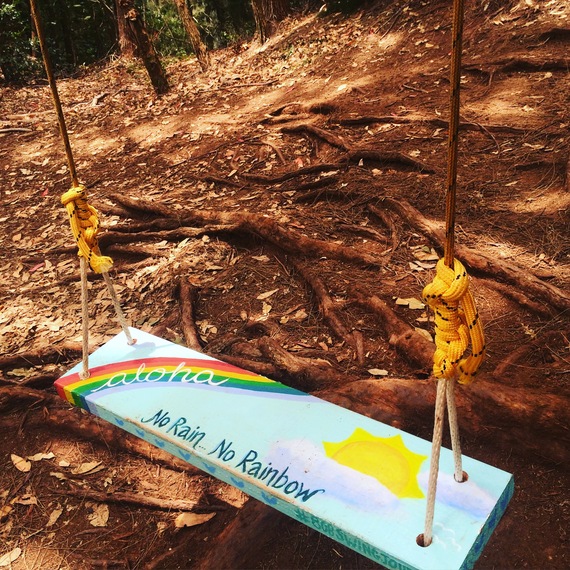If you're an actor, writer, designer, artist or another creative, you are probably very familiar with rejections which you have received in many different forms. Some rejections come via email stating something about the timing that's not right or the right fit. Other rejections mention revising and changing, yet other no's touch on the budget, crowded market space etc. Rejections in person are accompanied by a head shake or by shutting your portfolio creating a slight gust of wind. And yet books get published, new actors get discovered, projects get funded and art is sold. Those who get published, who are on stage and who sell their art did get rejected too. The difference is they persevered and made the most out of their rejections.
Here are 7 ways to approach rejection creatively:
1. Get busy creating
Emily St John Mandel, writer whose first novel kept being rejected for two years stopped thinking about it, keeping busy writing her second book. She did eventually receive a phone call from her agent with a book offer and by then her second novel was close to being finished. Are you impatiently waiting on an answer about an important project you had finished? Do your article queries get no response? Keep busy making, writing, creating more and the "yes" will show up unexpectedly.
2. Stay in the flow of creating
Adam Grant in Originals claims that the more pieces we create the higher our chances for success. The author mentions Picasso and his 1,800 paintings, 1,200 sculptures, 2,800 ceramics, and 12,000 drawings reminding us that only a fraction of it got recognized by the public. By keeping doing a lot of work, we're building reputation, increasing our chances of getting discovered and improving the quality of our work.
3. Laser focus on the journey of creation
Instead of thinking about the end result and dwelling on rejections try to refocus and truly enjoy the creative process. Are you a writer? Keep developing your love for words, be playful, explore. Are you a designer? Create more, stretch your boundaries trying methods you've never had before.
4. Become "rejection proof"
Jia Jiang realized that his fear of rejection was a bigger obstacle than any single rejection would ever be. He started "100 days of rejection" experiment during which he looked for no's on a daily basis. He learned techniques to steel himself against rejection, developed confidence and described his adventures in a book Rejection Proof published in 2015 by Harmony books.
5. Improve to be a better fit
If used wisely, a detailed rejection from a reputable source can contribute to our growth. Trusting the words of wisdom of reputable industry professionals and following closely their advice can contribute to the evolution of our art into something better fitting in the market place. It can happen either by revisions and adjustments or by finding someone else who is a better match for our project.
6. Revise to achieve larger commercial value
If we keep revising at early stages, we'll have a better product, which will make it easier to market and sell. We'll spend a lot of energy and effort in the early stages but our effort will facilitate sales later. As Ryan Holiday said "the product is the marketing."
7. Accept necessary steps on the way to stardom
Almost every star, every person who made it has a story of how tough it was to get there. Celebrities often share their rejection stories and thus become more relatable and likeable. What are you going to say on stage one day when you're famous? That you just woke up like that? Rejections are a part of fame. Be accepting, treat them as a part of a process. You have to go through them bravely with a "no rain, no rainbow attitude."
Anna Sabino is a co-active certified business growth and life coach. She is writing a book on being a successful creative entrepreneur. You can find out more at AnnaSabino.com

